Pratap Singh I, also known as Maharana Pratap, was a Sisodia dynasty king of Mewar from 9 May 1540 to 19 January 1597. Pratap became a folk hero for his guerrilla warfare against the Mughal Empire’s expansionism under Akbar, which inspired later rebels against the Mughals, including Shivaji.
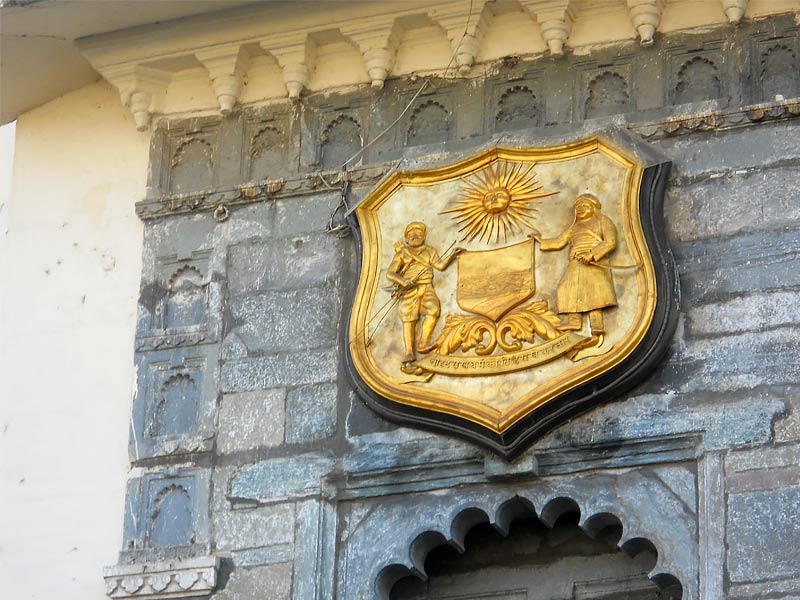
Udai Singh II of Mewar and Jaiwanta Bai gave birth to Maharana Pratap. Shakti Singh, Vikram Singh, and Jagmal Singh were his younger brothers. Pratap had two stepsisters, Chand and Man Kanwar. He was married to Ajabde Punwar of Bijolia, and he had 10 other wives, leaving 17 sons and 5 daughters, including Amar Singh I. He was a member of the Mewar Royal Family. Rani Dheer Bai wanted her son Jagmal to succeed Udai Singh after his death in 1572, but senior courtiers preferred Pratap, the eldest son, to be their king.
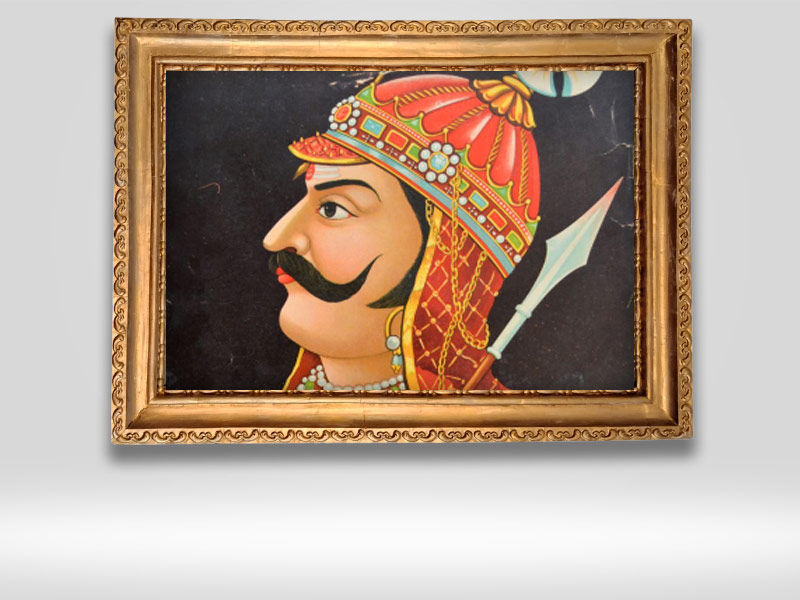
The Mughal Empire’s military expedition against the Mewar kingdom in 1567 included the siege of Chittorgarh (23 October 1567 – 23 February 1568). After Sisodia’s refusal to accept his sovereignty, Akbar besieged Chittor in October 1567.
After a nearly six-month siege, the fortress was sacked on February 23, 1568, allowing the Mughals to expand into Udai Singh II’s territory.
The nobles’ desire triumphed. When Udai Singh died in 1572, Prince Pratap ascended to the throne as Maharana Pratap, the 54th ruler of Mewar in the Sisodia Rajput line. Jagmal vowed vengeance and left for Ajmer to join Akbar’s armies, receiving the town of Jahazpur as a Jagir as a reward for his assistance.
Background of Maharana Pratap
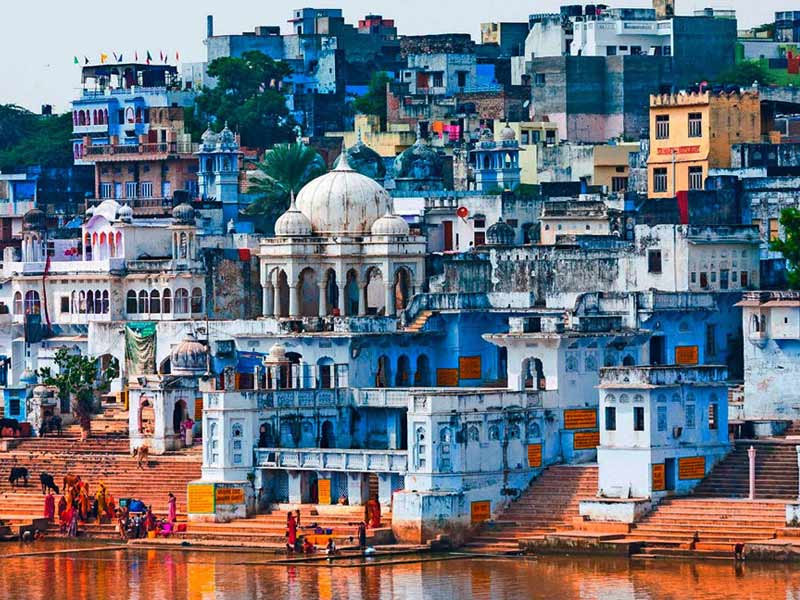
Unlike other Rajput rulers who accommodated and formed alliances with the various Muslim dynasties in the subcontinent, Pratap Singh’s state of Mewar was notable for its refusal to form any political alliance with the Mughal Empire and its resistance to Muslim dominance. The Battle of Haldighati resulted from the conflicts between Pratap Singh and Akbar.
Haldighati battle
The bloody Siege of Chittorgarh in 1567-1568 had resulted in the Mughals capturing the fertile eastern belt of Mewar. The rest of the wooded and hilly kingdom in the Aravalli range, however, remained under Maharana Pratap’s control. When Pratap Singh was crowned king (Maharana) in 1572, Akbar sent a number of envoys, including one from Raja Man Singh of Amer, pleading with him to become a vassal like many other rulers in Rajputana. When Pratap refused to submit to Akbar personally, war became unavoidable.

On June 18, 1576, Pratap Singh fought against Mughal forces led by Man Singh I of Amer in the Battle of Haldighati
The Mughals won and inflicted significant casualties on the Mewaris, but they were unable to capture Pratap. The battle took place in a narrow mountain pass near Gogunda, modern-day Rajsamand in Rajasthan. Pratap Singh led an army of 3000 cavalry and 400 Bhil archers. Man Singh of Amber led the Mughals, who commanded an army of around 10,000 men. Pratap was wounded and the day was lost after a fierce battle that lasted more than three hours. He was able to flee to the hills and fight another day.

The Mughals’ victory at Haldighati was futile because they were unable to kill or capture Pratap or any of his close family members in Udaipur. While sources claim that Pratap was able to escape, Mansingh was able to conquer Gogunda within a week after Haldighati ended his campaign. Following that, in September 1576, Akbar himself led a sustained campaign against the Rana, and soon, Gogunda, Udaipur, and Kumbhalgarh were all under Mughal control.
Mewar’s Revival
Maharana Pratap sought refuge in Chappan and began attacking Mughal strongholds. By 1583, he had successfully captured Dewar, Amet, Madariya, Zawar, and the fort of Kumbalgarh in western Mewar. Chavand became his capital, and a Chamunda mata temple was built there. For a short time, the Maharana was able to live in peace and began to restore order in Mewar. The Rana had reclaimed a large portion of Mewar from 1585 until his death.
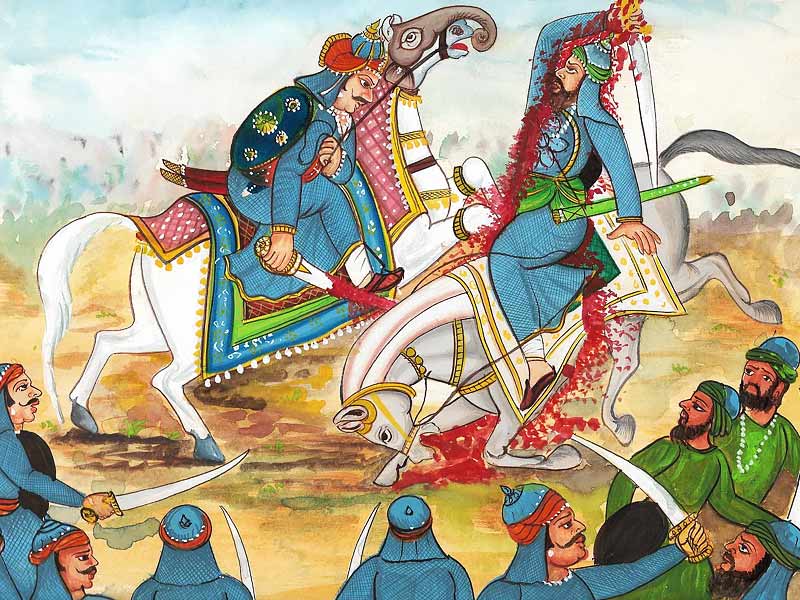
During this time, citizens who had migrated out of Mewar began to return. The monsoon was good, which helped Mewar’s agriculture recover. The economy began to improve, and trade in the area began to increase. The Rana was successful in capturing the territories west of Chittor, but he was unsuccessful in capturing Chittor itself.
Also read: Chola Dynasty: The Great Ancient Empire that extended beyond the Indian subcontinent
Patronage for the arts
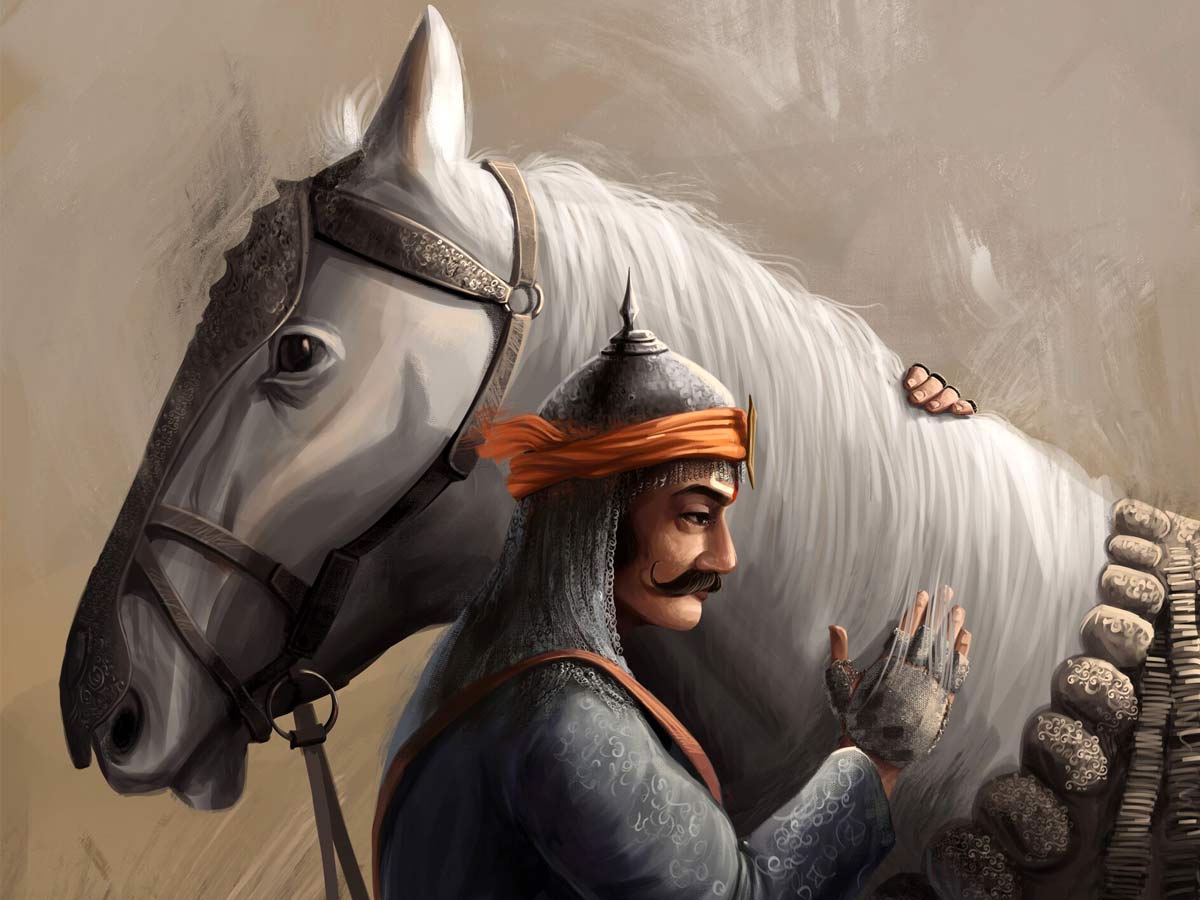
Many poets, artists, writers, and artisans sought refuge at Maharana Pratap’s court in Chanvand. During Rana Pratap’s reign, the Chavand school of art flourished.
Death of Maharana Pratap
Pratap died on January 19, 1597, at the age of 56, in Chavand from injuries sustained in a hunting accident. His eldest son, Amar Singh I, succeeded him. Pratap told his son on his deathbed not to submit to the Mughals and to reclaim Chittor.




























